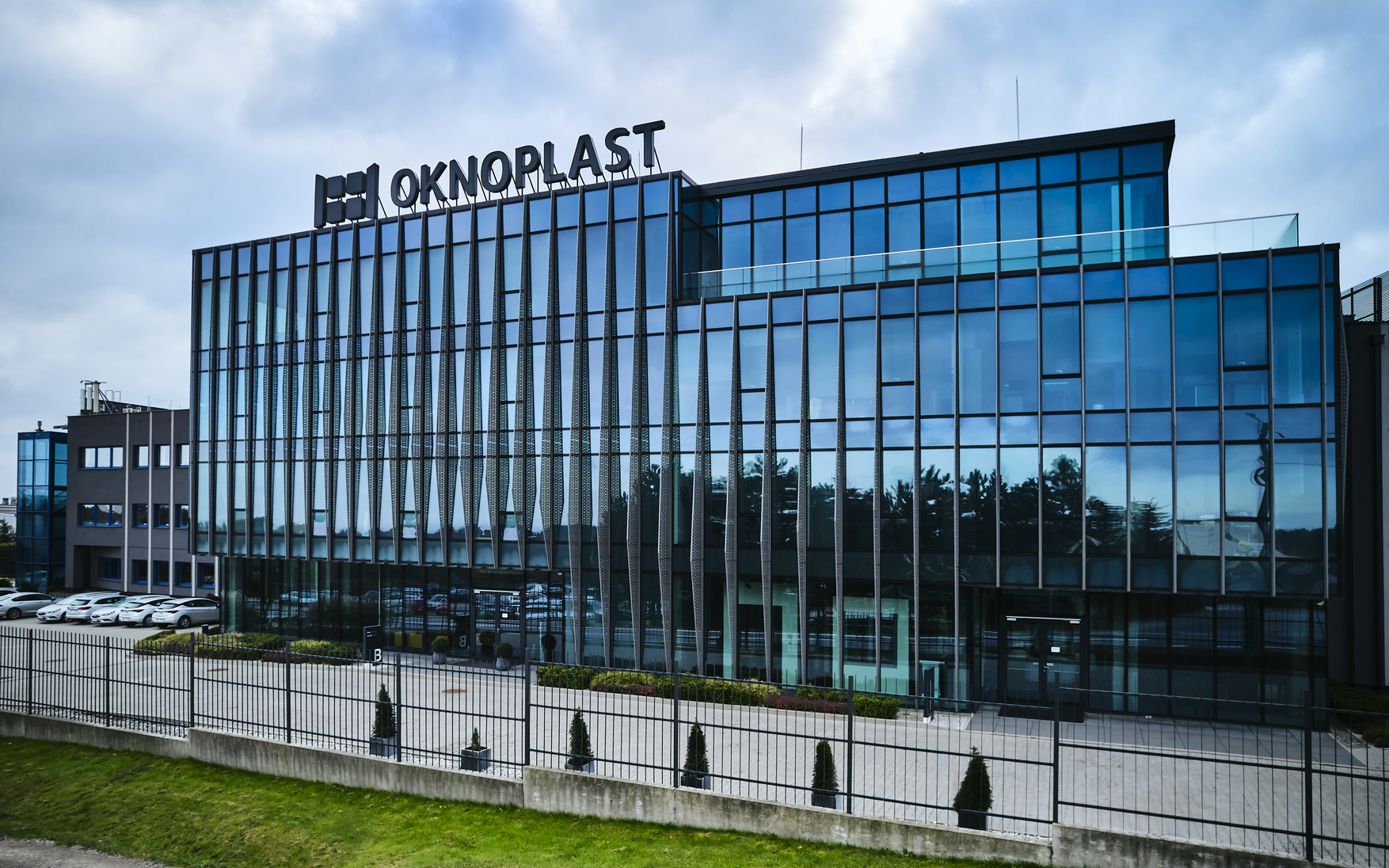Before water is absorbed or drained through the soil after rain, it is thrown upwards again due to the bounce. Precisely at this moment the lowest part of the facade is hit by sprays of water. The extent to which this is predictable depends on Wind direction, nature of the terrain and position of the object distant. Consequently, the Building base constantly exposed to various stresses, which in turn have a negative impact on the construction of the house.
And what happens to the altered materials?
JT: An excellent question. Building materials used for facade surfaces have limited durability; Without adequate protection, surfaces become dirty after a short time and, in the worst case scenario, have to be renewed or replaced sooner than expected. It also depends on the material used for the base surface. A veneered facade is significantly less sensitive than a plastered base. When it comes to plaster, there are plasters adapted to the substrate, for example colored stone plaster. This is therefore more resistant than a façade plastered all the way through with fine plaster. With this last variant you don’t have much fun with the surface without splash protection.
What dangers does the homeowner face if there is no backsplash?
JT: In the worst case, rainwater remains on the facade and can cause damage. It is important to check in advance what sealing is needed for the base surface. Also exposure to salts in places close to traffic houses (in winter) is just one example. In the latter case there is also the risk that building salts migrate if the moisture in the building evaporates.
All this can lead to the penetration of moisture and, consequently, Destruction of the building structure from the inside Guide; Frosts can also speed up this process. Going hand in hand with this “invisible” process. cracks or chips in the plinth area, which also spoil the appearance of the house.
What does a reliable splash guard look like?
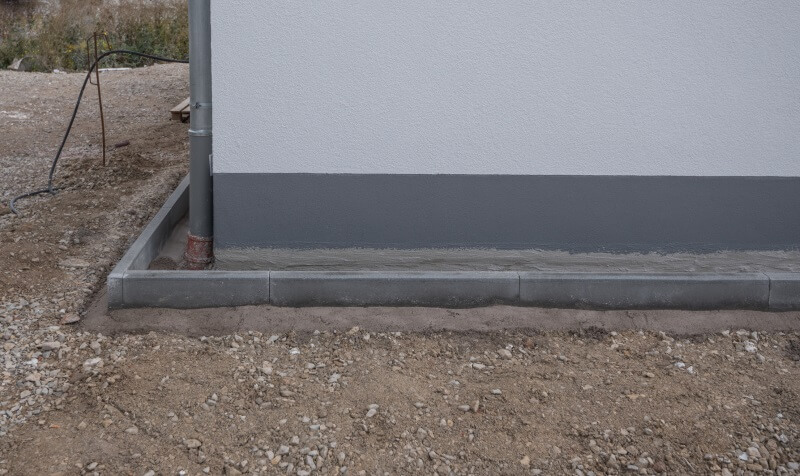
JT: Pollution caused by rain in the splash zone of the facade can be reduced, for example, through structural details such as prominent roof overhangs. Contrary to popular opinion, gravel strips or slabs around the house do not offer 100% protection against splashing water, but above all ensure water drainage and cleanliness of the facade. However, this has another positive effect because Clean facades, no habitat for moss and algae offer.
A strip around the house filled with pebbles offers the best protection. It is important to ensure that the cobblestone layer is mechanically separated from the house wall, for example with a honeycomb membrane, and that rainwater can seep or run off.
So are facade protection and basement waterproofing two different “construction sites”?
JT: Correct. The purpose of base waterproofing is to prevent water from entering the building. The basics of the house are therefore equipped with adequate sealing systemssuch as plastic-modified bituminous sealants and mineral sealant liquids for crack-bridging. Depending on how high the level of the flooring must be or the position of the house in the ground, it is necessary to carry out waterproofing against soil humidity or against partially pressurized water. This is why it is good to consider this point when designing your home to choose the right waterproofing system in advance.
Since all this affects the lifespan of your home, we at MARE Haus advise our customers in detail on choosing the right splashback for their home. You can rely entirely on our many years of experience in house construction in Berlin, Brandenburg, Mecklenburg-Vorpommern and parts of Schleswig-Holstein!
latest posts published

The basement as an ideal place for a home sauna
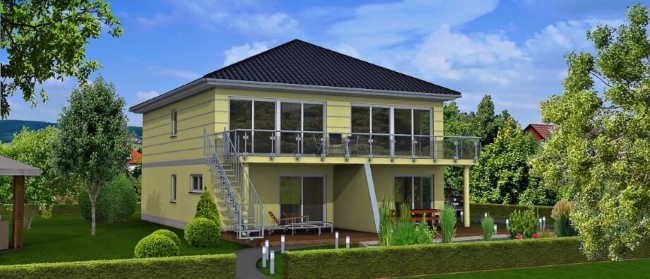
Building a condo is a breeze | What’s behind a condominium?
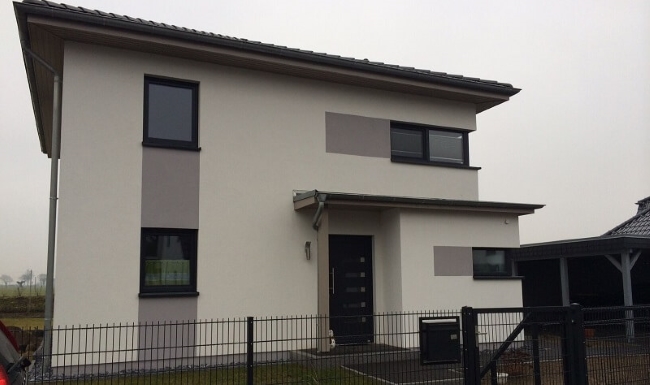
Splash protection for facades – that’s why it makes sense
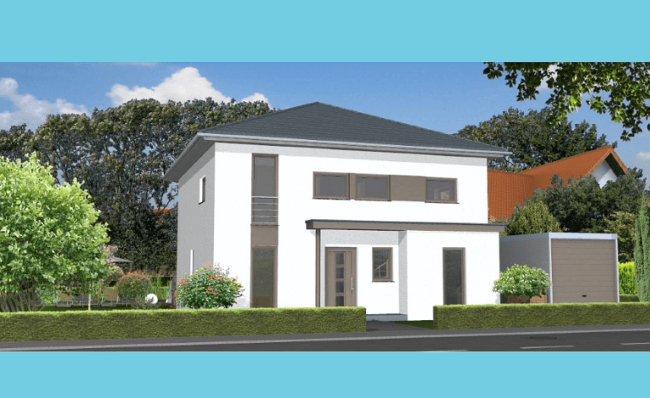
How to design your home with a covered garage

Build savings in times of low interest rates
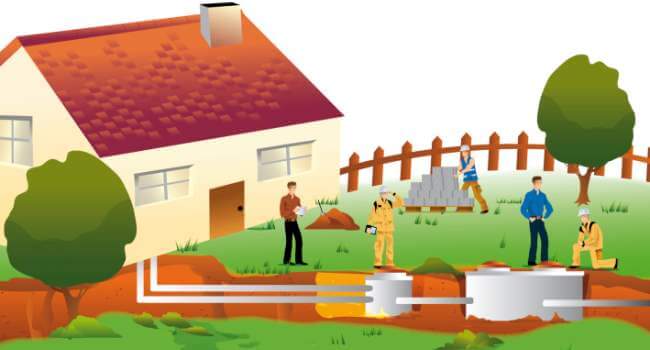
Useful information on property drainage | Considerations during construction
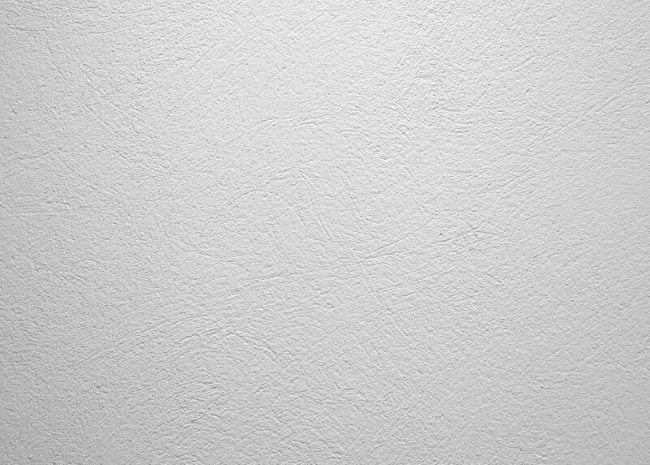
Interior wall plaster in brief
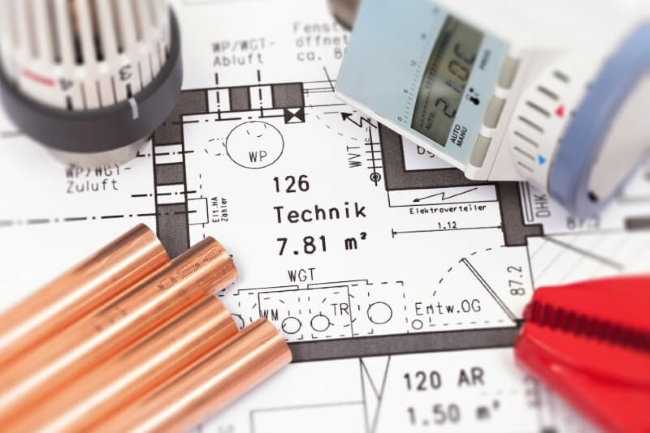
Heating with oil, gas or electricity
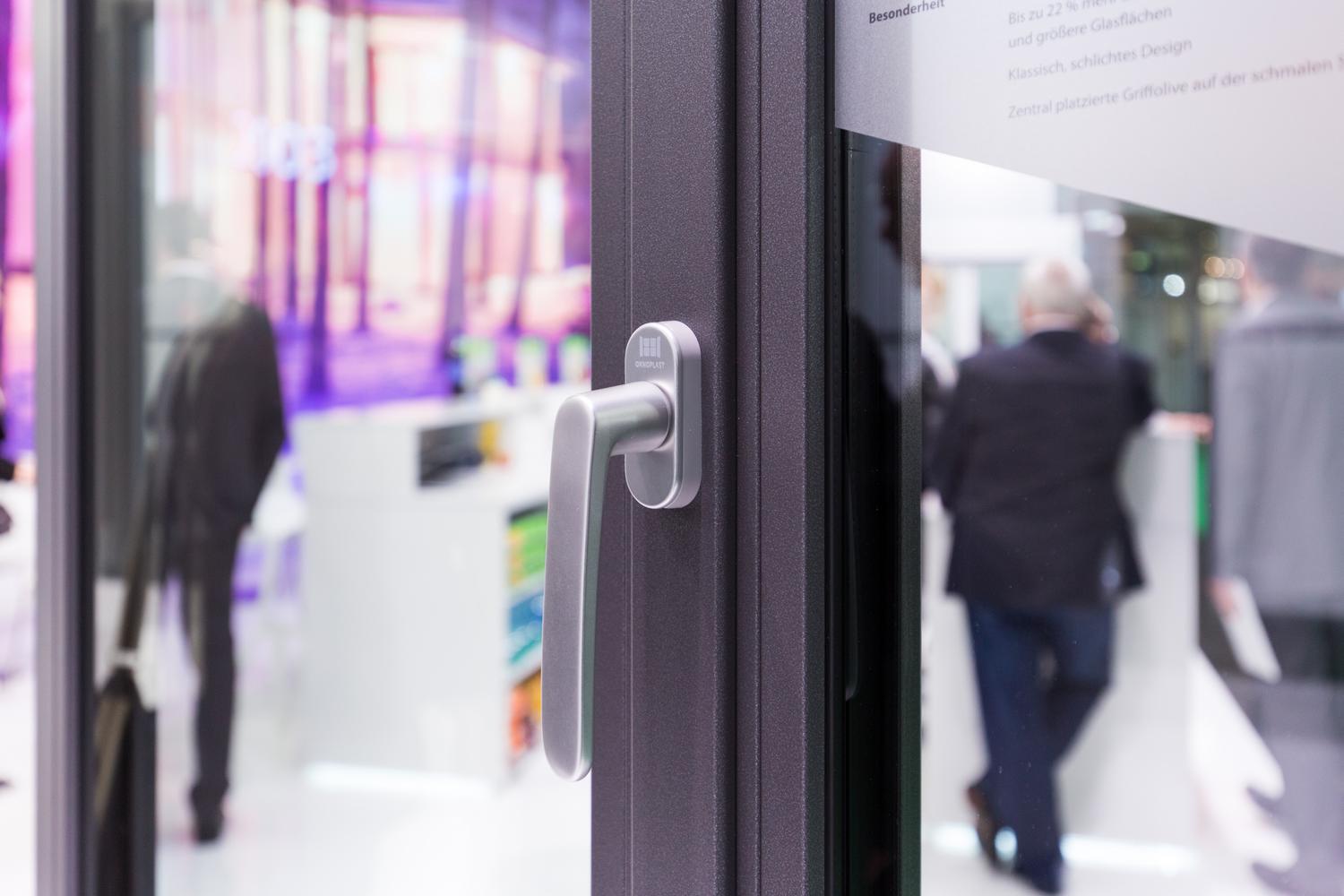
Foil as desired | Oknoplast
